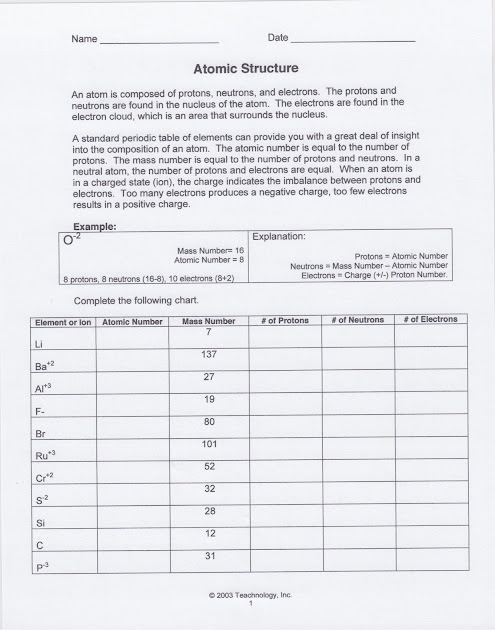ESSENTIAL QUESTION: What keeps substances together?
LEARNING TARGET: What are attractive forces?
BENCHMARKS: SC.912.P.8.6
LEARNING OBJECTIVES: Students will be able to:
-Describe why atoms come together to form chemical bonds.
-Differentiate between hydrogen bonding and van der Walls forces.
BELL RINGER - You have two pieces of paper that you want to bind together. List all the possible ways you could do this.
VOCABULARY: energy, ground state, excited state, emission spectra, photon, Planck’s constant, quantum, quantum mechanical model, electron configuration, atomic orbital, energy levels, Aufbau Principle, Pauli Exclusion Principle, Hund’ Rule
HOME LEARNING: notebook update
AGENDA
WHOLE GROUP
NOTE: Due to Holiday celebrations, some class activities may not occur.
For the bell ringer, students listed all the possible ways to bind two sheets of paper together.
We did a teacher demo for hydrogen bonds.
Students then saw the video Atomic Hook -Ups. You can watch the video by clicking the link below.
Students then did the online activity determining bond types. Visit my blog page for December 19/20 (the other one!) for the link!
For an early Christmas present, I'll also include it below: :-)

















